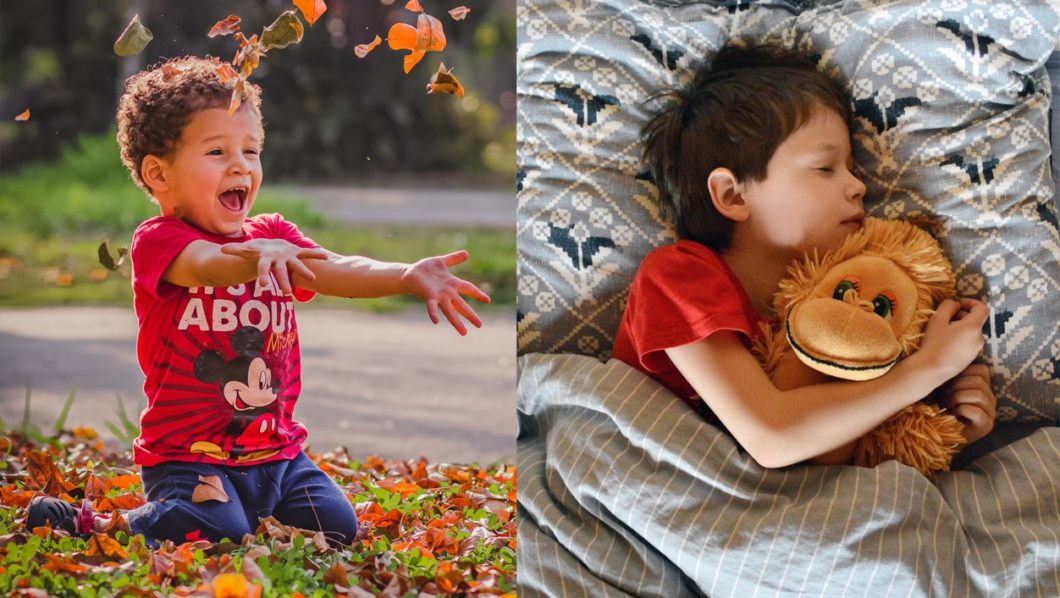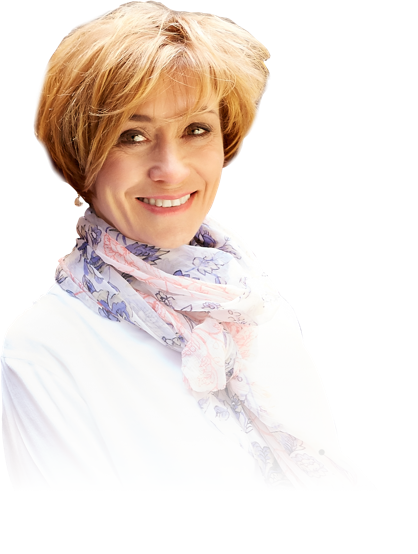Healthy sleep requires a healthy airway.
You can create the perfect environment and stick to textbook routines, but if your child can’t breathe well, their sleep will suffer.
But isn’t the health of our airway just the luck of genetics? In the minds of many, we’re born with the physical features we have. Our airway set-up, and our child’s airway health, simply is what it is.
Actually, you have far more influence over the shape and development of our child’s airway health than you might believe.
This is both a big responsibility and a big relief, as it means that there’s hope to change even the most challenging physical issues that could be impeding good, healthy breathing and sleep quality.
When the muscles of the face, mouth and throat do not develop well or are not used properly, children may experience sleep-disordered breathing. The muscles we use for sucking, swallowing, breathing and eating – especially how they are used and developed in our early years – have a big impact on breathing during sleep, and subsequently on sleep quality.
This is where myofunctional therapy (myo) comes in.
What is myofunctional therapy?
Myo promotes orofacial myofunctional health. What a mouthful! What does this mean?
‘Orofacial’ refers to the mouth and face. ‘Myo’ means muscle and ‘function’ refers to the way the system works. ‘Health’ then refers to whether the system is working well or as it should for the functions it is required to do.
Putting this all together, myofunctional therapy is a therapeutic technique used to educate, or re-educate, the oral and facial muscles for optimal sucking, swallowing, breathing, eating and drinking – in other words, to get them all working well as a system.
Myo usually includes exercises for the tongue, lips, cheeks, jaws and throat, and for head and neck posture.
This muscle re-education leads on to optimising the way the muscles are used in daily life – the essential life functions of breathing, eating, speaking and vocalising.
Optimising muscle functions promotes healthy bone growth and can minimise the effect of medical issues that cause a small or narrow airway, or conditions that lead to weak or poorly coordinated muscles in the airway.
A myofunctional examination pinpoints any issues with structure and function that may be contributing to poor upper airway health. To diagnose a myofunctional disorder, we look at:
- Muscle rest postures
- Muscle movement patterns: breathing, chewing, swallowing and speech
- The size shape and structure of the face and upper airway passages
- The health of the soft tissues in the face and upper airway
- Oral habits
Any functional problem diagnosed is known as an orofacial myofunctional disorder. This refers to dysfunction in any part of the upper airway, extending from the front of the face all the way to the voice box or larynx. Such dysfunction may exist in conjunction with (or resulting from) discrepancies in the shape or size of the bony structures of the face.
Who practices myofunctional therapy?
Myo is an emerging field of medicine. It functions as a sub-specialty within existing health professions such as speech pathology or dental hygiene. While it is starting to gain global traction, myo remains a largely unknown field to many health practitioners – as well as to the parents and children who could benefit from it the most.
A myo practitioner could be a speech pathologist, dental hygienist, physiotherapist or occupational therapist who has done additional study and training. Dentists, orthodontists and other health practitioners also do the training so that they enhance their understanding of myo, but very few do the actual therapy.
You will find a wide range of skills among practitioners. You myo practitioner’s background will determine the scope of the programs they offer. Working with voice, resonance and speech skills alongside breathing skills is within the scope of practice for a speech pathologist, for example, but not a physiotherapist or dental hygienist.
While it is not a replacement for medical treatment (where such is needed), myo is the perfect therapy to use alongside medical treatment to reinforce, rehabilitate and maintain orofacial health.
Myo can be split into two broad therapeutic approaches: myo-optimise and myo-correct.
Myo Optimise (MYOO)
Myo-optimise involves optimising muscles from birth (or even in-utero!) so that the face, mouth, throat in the upper airway all develop in a healthy manner from the earliest possible age. This can benefit every child well before any sleep breathing disorder develops or nip any signs in the bud.
In perfect conditions, myo-optimisation will be complete by the time a child is six years old, which is before their first adult teeth appear and before they start school. This capitalises on a young child’s extraordinary capacity for growth and change and sets them up with good habits.
Myo-optimise is way more than prevention. It is a proactive optimisation approach where kids can start with great myo habits and derail early stages of poor function, avoiding the development of a poorly functioning airway.
Myo Correct (MYOC)
If your child is diagnosed with an orofacial myofunctional disorder, this is when myo-correct comes in.
Like myo-optimise, the aim of myo-correct is to train the muscles of the mouth, face and throat, to develop good awareness and control of the muscles.
However, myo-correct is a much more intensive approach. The focus of myo-correct is to train the muscles to work automatically the new way and fade the old way of using the muscles.
Myo-correct starts with correction of mouth breathing and oral habits. Until these are corrected, they will interfere with successful retraining of atypical muscles patterns.
If structural or medical issues are getting in the way of retraining muscles, these may need medical intervention first. For example, some kids require surgery for grommets, adeno-tonsillectomy or frenectomy (tongue-tie release), while children with very narrow jaw structures may need the intervention of a dentist or orthodontist to widen the upper jaw.
Your myofunctional practitioner will guide you to the best practitioners for these issues.
Even where medical intervention is required for your child, t a period of muscle retraining will still be required to improve mouth, face and throat muscle function, either before and or after surgery.
Myo and sleep disorders
There is growing recognition for the use of myo worldwide with a groundswell of sleep specialists recommending myofunctional therapy as a viable adjunctive treatment option for airway related sleep disorders.
Multiple studies have shown that myo exercises for the upper airway can reduce the severity of obstructive sleep apnoea (OSA) and other forms of sleep-disorderedbreathing (SDB). Myo has been shown to reduce snoring in adults and even to improve the efficacy of CPAP treatment.
If you have identified any early red flags for sleep-disordered breathing, or you want to be proactive, before any problems develop, it’s time to see how myo can help.
The aim of any myo program is to ensure that upper airway functions are working at their optimal level and to correct poor oral habits, muscle movements and rest postures as early as possible in a child’s life.
This is a corrective strategy and a preventive approach rolled into one.
Want to learn more about myo?
I have an entire chapter about myo in my book, Sleep-Wrecked Kids.
In Sleep-Wrecked Kids, I support you to become the lifeguard of your child’s sleep. Packed full of information and practical help, it will get you on the way to good sleep for all the family. Order your copy here!



